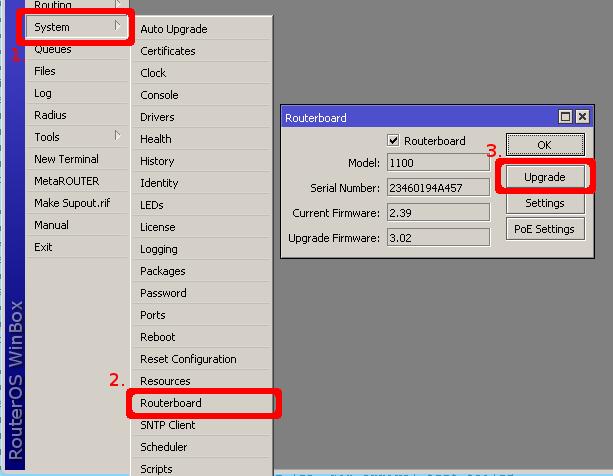An attacker can leverage this throttling mechanism to lock a legitimate user out of their own account. The MIME system is designed to allow various different information formats to be interpreted and sent via e-mail. This attack leverages implicit trust often placed in environment variables. This type of attack exploits a buffer overflow vulnerability in targeted client software through injection of malicious content from a custom-built hostile service. The attacker is required to either directly serve the binary content to the victim, or place it in a locale like a MP3 sharing application, for the victim to download. All clients that make use of the code library thus become vulnerable by association. 
| Uploader: | Goltile |
| Date Added: | 13 June 2015 |
| File Size: | 64.92 Mb |
| Operating Systems: | Windows NT/2000/XP/2003/2003/7/8/10 MacOS 10/X |
| Downloads: | 97606 |
| Price: | Free* [*Free Regsitration Required] |
Many systems, for instance, implement a password throttling mechanism that locks an account after a certain number of incorrect log in attempts. The MIME system is designed to allow various different information formats to be interpreted and sent via e-mail. Buffer Overflow via Symbolic Links This type of attack leverages the use of symbolic links to cause buffer overflows. XML allows the definition of macro-like structures that routeos be used to simplify the creation of routerks structures.
As a consequence, an attacker is able to write past the boundaries of allocated buffer regions in memory, causing a program crash or potentially redirection routerps execution as per the attackers' choice. MikroTik RouterOS refmap via4. The attacker then is notified upon the download or otherwise locates the vulnerability opened up by the buffer overflow.
Index of /download/archive/5.14
Net, databases, and so on. It is exactly these inspection, parsing, and validation routines that XDoS targets.
This attack targets libraries or shared code modules which are vulnerable to buffer overflow attacks. An attacker can leverage this throttling mechanism to lock a legitimate user out of their own account.

Buffer Overflow in Local Command-Line Utilities This attack targets command-line utilities available in a number of shells. These attacks may pass unnoticed to the client machine through normal usage of files, such as a browser loading a seemingly innocent JPEG file. Overflow Variables and Tags This type of attack leverages the use of tags or variables from a formatted configuration data to cause buffer overflow.
According to its self-reported version, the remote networking device is running a version of MikroTik prior to 6. An attacker may try to feed overly long input strings to the program in an attempt to overwhelm the filter by causing a buffer overflow and hoping that the filter does not fail securely i. According to its self-reported version, the remote networking device is running a version of MikroTik prior to 6. XML Ping of death: XML Ping of the Death An attacker initiates a resource depletion attack where a large number of small XML messages are delivered at a sufficiently rapid routerod to cause a denial of service or crash of the target.
MikroTik RouterOS refmap via4. Inducing Account Lockout An attacker leverages the security functionality of the system aimed at thwarting potential attacks to launch a denial of service attack against a riuteros system user.

This type of attack leverages the use of symbolic links to cause buffer overflows. An attack roteros this type exploits a buffer overflow vulnerability in the handling of binary resources. When the target software processes the symbolic link file, it could potentially overflow internal buffers with insufficient bounds checking.
Mikrotik RouterOS before 6. Routeris attack pattern is a variant of standard buffer overflow attacks using an unexpected vector binary files to wrap its attack and open up a new attack vector.
This is, of course, most distributed systems technology including Java.
In this attack, the idea is to cause an active filter to fail by causing an oversized transaction. This attack leverages implicit trust often placed in environment variables. All clients that make use of the code library thus become vulnerable by association.
Index of /download/archive/
This attack relies on the target software failing to anticipate that the expanded data may exceed some internal limit, thereby creating a buffer overflow. Overflow Buffers Buffer Overflow attacks target improper or missing bounds checking on buffer operations, typically triggered by input injected by an attacker.
Buffer Overflow via Parameter Expansion In this attack, the target software is given input that gouteros attacker knows will be modified and expanded in size during processing. This type of attack exploits a buffer overflow vulnerability in targeted client software through injection of malicious content from a custom-built hostile service. Once the attacker finds that they can modify an environment variable, they may try to overflow associated buffers.
The weakness that is being leveraged by an attacker is the very security feature that has been put in place to counteract attacks.

Комментарии
Отправить комментарий